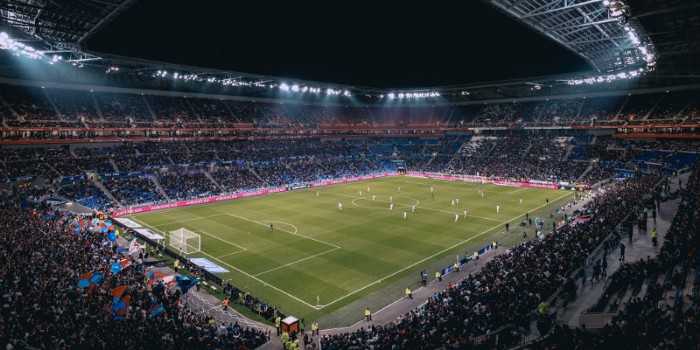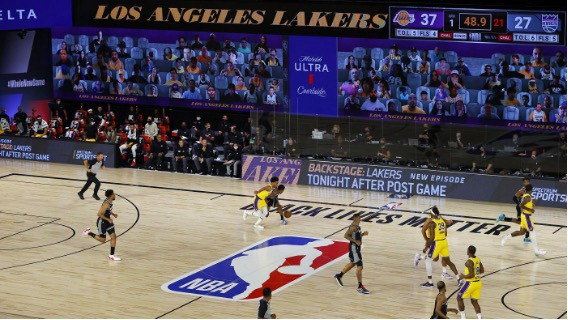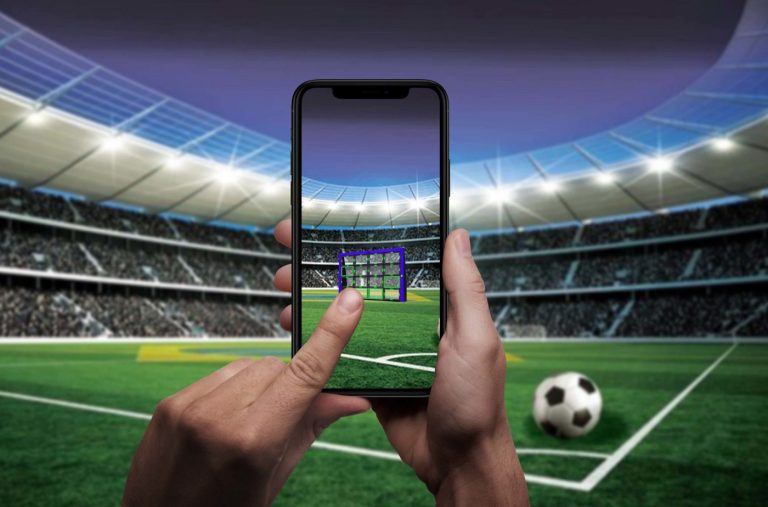
For many people, going to the stadium used to be the main point of contact with their favorite club. Over the past year, we have seen this relationship change thanks to the empty stands around the world. The situation is gradually improving, and some countries are beginning to reopen their stadiums to welcome fans. However, with so many changes in people’s behavior, what can we expect from this return?
With that in mind, Oracle conducted a survey with consumers in Australia, the United States and the United Kingdom to answer the main questions when it comes to arena structure and fan experience. We will share here some of the insights we had with the report.
Before entering the experience, itself, it is worth understanding how much the fans miss watching their favorite sport live. 82% of the public who responded to the survey said they miss the stadium experience, with 28% admitting to returning to the stadium as soon as it is safe.
However, changes in people’s behavior should also affect this type of event. 60% of the public prefers to follow social distance rules in stadiums, even if the environment is considered safe. New health standards will be another challenge encountered by stadium operation teams.
Before the event
The first point that we need to remember is that the experience of going to the stadium does not start when the fan arrives at the venue. With that in mind, fans want to plan in advance as much as possible in terms of “travel” and consumption in the arena. 57% of fans want, for example, to schedule purchases of drinks and food before arriving at the stadium. Also, 61% of fans say they would consume more if they could make the purchase before the event.
Inside the stadium
Once inside the stadium, it will be necessary to use all channels of communication with the fans to provide a unique experience, considering the different types of public. When it comes to millennials, 50% would not mind paying more for priority access to avoid queues. On the other hand, Generation Z is more concerned with payment options, with 34% preferring the use of contactless technologies.
An issue that tends to concern Brazilian managers is the use of the internet inside stadiums. The signal quality was poor in most locations. However, internet connection will be key when stadiums open up. In the study, 38% of people admitted that they prefer to order food and drinks directly from an app, against 22% who prefer personal service, which explains why internet connection will be key.
After the event
Game is over, so is the fan experience? Not at all. 59% of fans usually go out to continue eating and drinking after the game. Here, the tip is to build relationships with bars and restaurants nearby. 55% of fans would visit these establishments if they received discounts. Another chance to activate contact with fans via mobile app.
Beyond the stadium
While stadiums remain closed for the public, there are opportunities that can be worked on for the audience that watches the game at home. These experiences can be used even when the stadiums receive fans again, as it is only a small part of the fans that attends the events.
The first interesting piece of information is about what fans need the most. According to the research, 49% miss the atmosphere of a stadium, while 20% remember the feeling of community when interacting with other fans. By analyzing this data and what the fans are missing the most, startups can think of digital solutions that bring such feelings to the fans, even if he/she is at home. The virtual crowd, which gained prominence in the NBA bubble in 2020, is a great example.

Regarding food, 43% of people would like to order typical stadium food while watching the game at home. In addition, 51% would like an experience that involves delivery apps, facilitating orders during the games.
The return
With the number of covid cases decreasing in some countries, federations are planning the right time for fans to return. The Euro Cup, played between June and July this year without a fixed host, should be a great opportunity for that, with some cities having already confirmed that there will be an audience in some matches.
Budapest is, for the time being, the only city to confirm total capacity in the stadium, equivalent to 67 thousand people. In St. Petersburg and Baku, the capacity will be 50%, which may increase if the situation in the cities is better. Amsterdam, Bucharest, Copenhagen and Glasgow confirmed the opening of their stadiums between 25% and 33% capacity.
The group stage matches that take place in London will have 25% capacity, but the local authorities expect health conditions to improve by then, which could increase that capacity for the semifinals and the final of the tournament. The opening ceremony host, Rome, will also have 25% of the Olympic Stadium allowed. Munich, Bilbao and Dublin have not yet confirmed whether they will open their arenas to the public, with the next Monday, April 19, being the deadline for the decision.
For managers, let the data above serve as a guide to prepare a perfect experience when stadiums open up again. For fans, we hope it will be possible to go back to the amazing stadium atmosphere we had before as soon as possible.





